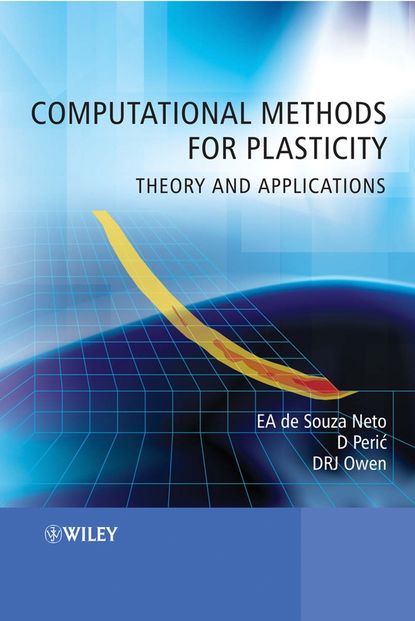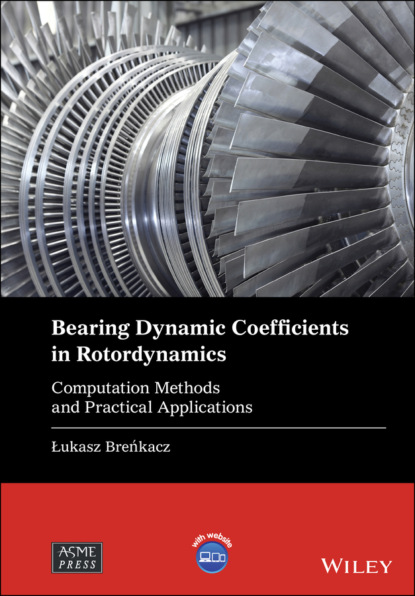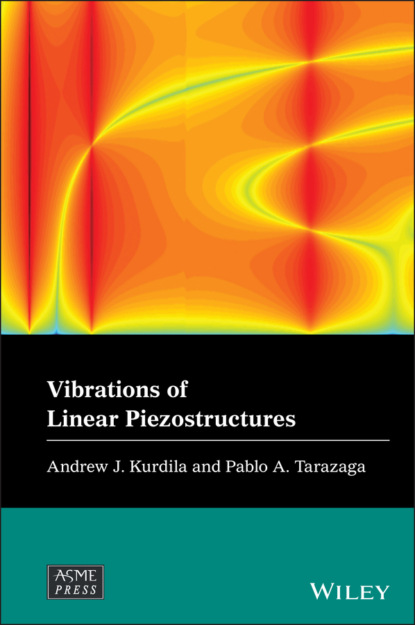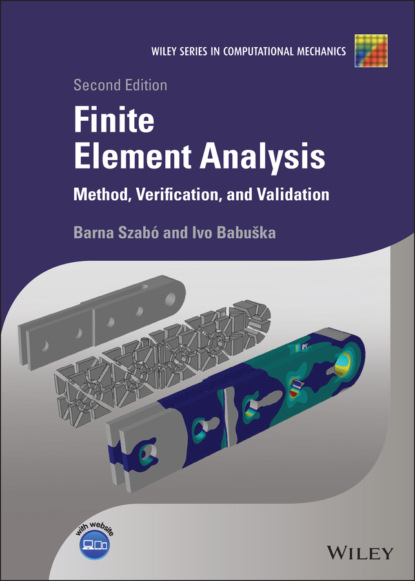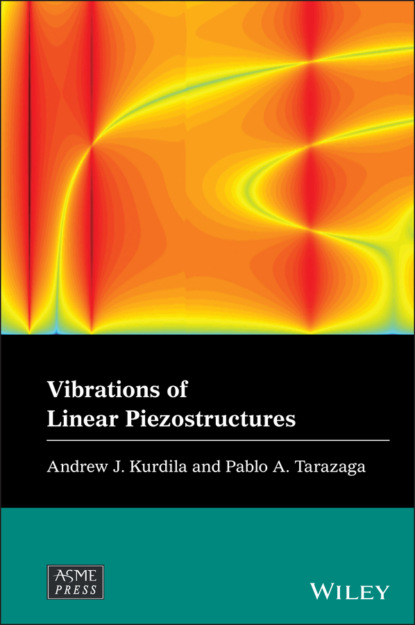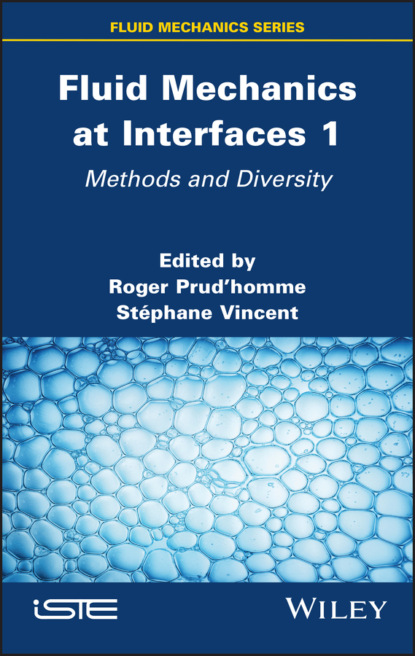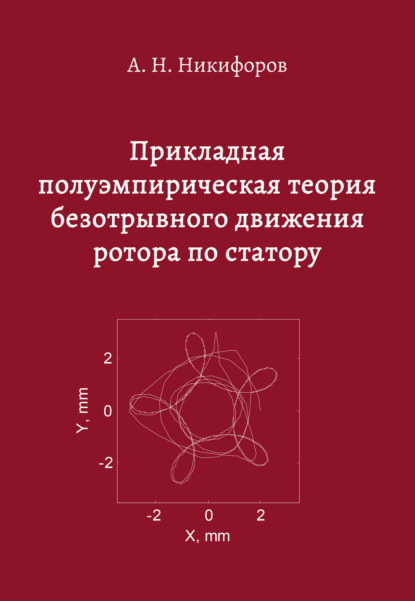Книга "Вычислительные методы для пластичности: теория и приложения" описывает численные методы, используемые для конечноэлементного моделирования поведения широкого спектра инженерных материалов, которые считаются пластичными - то есть тех, которые подвергаются необратимому изменению формы под воздействием приложенной силы. Книга описывает теорию соответствующих численных методов, используемых для моделирования широкого спектра инженерных материалов, от простейшей теории бесконечно малой пластичности до более сложных моделей механики разрушения и кристаллической пластичности конечных деформаций. Книга разделена на три части - основные концепции, малые и большие деформации. Она подходит как для введения в тему, так и для продвинутого изучения. Книга содержит многочисленные численные примеры, иллюстрирующие применение описанных методов. Также в книге представлено вводное материал по связанным дисциплинам и процедурам, таким как тензорный анализ, континуальная механика и конечные элементы для нелинейной твердой механики. Книга сопровождается специально разработанным конечноэлементным программным обеспечением, иллюстрирующим многие из описанных в тексте методов, которое можно скачать с веб-сайта-спутника книги. Эта всесторонняя книга будет интересна аспирантам и студентам магистратуры в области гражданского, механического, авиационного и материаловедения, а также математике и курсам с компонентами вычислительной механики. Она также будет полезна исследовательским инженерам, ученым и разработчикам программного обеспечения, работающим в области вычислительной механики твердых тел.
Computational Methods for Plasticity focuses on the issue of numerical techniques used in finite element modeling of plastic actions of a vast range of industrial materials, which undergo permanent shape alterations under external force action.
The content of the book consists of three main parts: General Terms, Mass Deformation, and Large Strain Deformation. From elementary plasticity description to more complicated damage mechanism and crystalline plasticity with extensive shear strain models, the publication covers a lot of different plastic engineering issues. It can be used as an independent reference and as a guidance in education programs aimed at graduate and postgraduate students specializing in civil/mechanical engineering, Aerospace Engineering, Materials Science, Customized Programming and Design. Many examples of numerical applications are provided within the publication for illustration purposes. Furthermore, systematic explanations of tensor operations and continuum mechanics principles as well as finite element approaches for nonlinear solid mechanics are introduced in the introduction as additional segments. To gather best practices, the authors developed finite element software aimed to exemplify many features discussed in their published research work, and available to download through the virtual support site. They expect that this complete reference will prove useful to researchers, development staff engineers, and scientific contributors working in computational solid mechanics field.
Книга: "Вычислительные методы в пластичности", автора Эдуардо А. де Соуза Нэто Рассматривает вычислительные методы используемые в расчетах с помощью конечно-элементных моделей поведения различных инженерных материалов, которые считаются "пластичными", т.е. те, что изменяются под действием силы необратимо и изменяют свою форму. В данном труде раскрывается теория связанных с этим численных методов, а также их применение в вычислениях широкого спектра пластичных инженерных материалов. Этот объем содержит три основных раздела - это основная теория, малая и большая деформации.
Электронная Книга «Computational Methods for Plasticity» написана автором Eduardo A. de Souza Neto в году.
Минимальный возраст читателя: 0
Язык: Английский
ISBN: 9780470694633
Описание книги от Eduardo A. de Souza Neto
The subject of computational plasticity encapsulates the numerical methods used for the finite element simulation of the behaviour of a wide range of engineering materials considered to be plastic – i.e. those that undergo a permanent change of shape in response to an applied force. Computational Methods for Plasticity: Theory and Applications describes the theory of the associated numerical methods for the simulation of a wide range of plastic engineering materials; from the simplest infinitesimal plasticity theory to more complex damage mechanics and finite strain crystal plasticity models. It is split into three parts – basic concepts, small strains and large strains. Beginning with elementary theory and progressing to advanced, complex theory and computer implementation, it is suitable for use at both introductory and advanced levels. The book: Offers a self-contained text that allows the reader to learn computational plasticity theory and its implementation from one volume. Includes many numerical examples that illustrate the application of the methodologies described. Provides introductory material on related disciplines and procedures such as tensor analysis, continuum mechanics and finite elements for non-linear solid mechanics. Is accompanied by purpose-developed finite element software that illustrates many of the techniques discussed in the text, downloadable from the book’s companion website. This comprehensive text will appeal to postgraduate and graduate students of civil, mechanical, aerospace and materials engineering as well as applied mathematics and courses with computational mechanics components. It will also be of interest to research engineers, scientists and software developers working in the field of computational solid mechanics.
